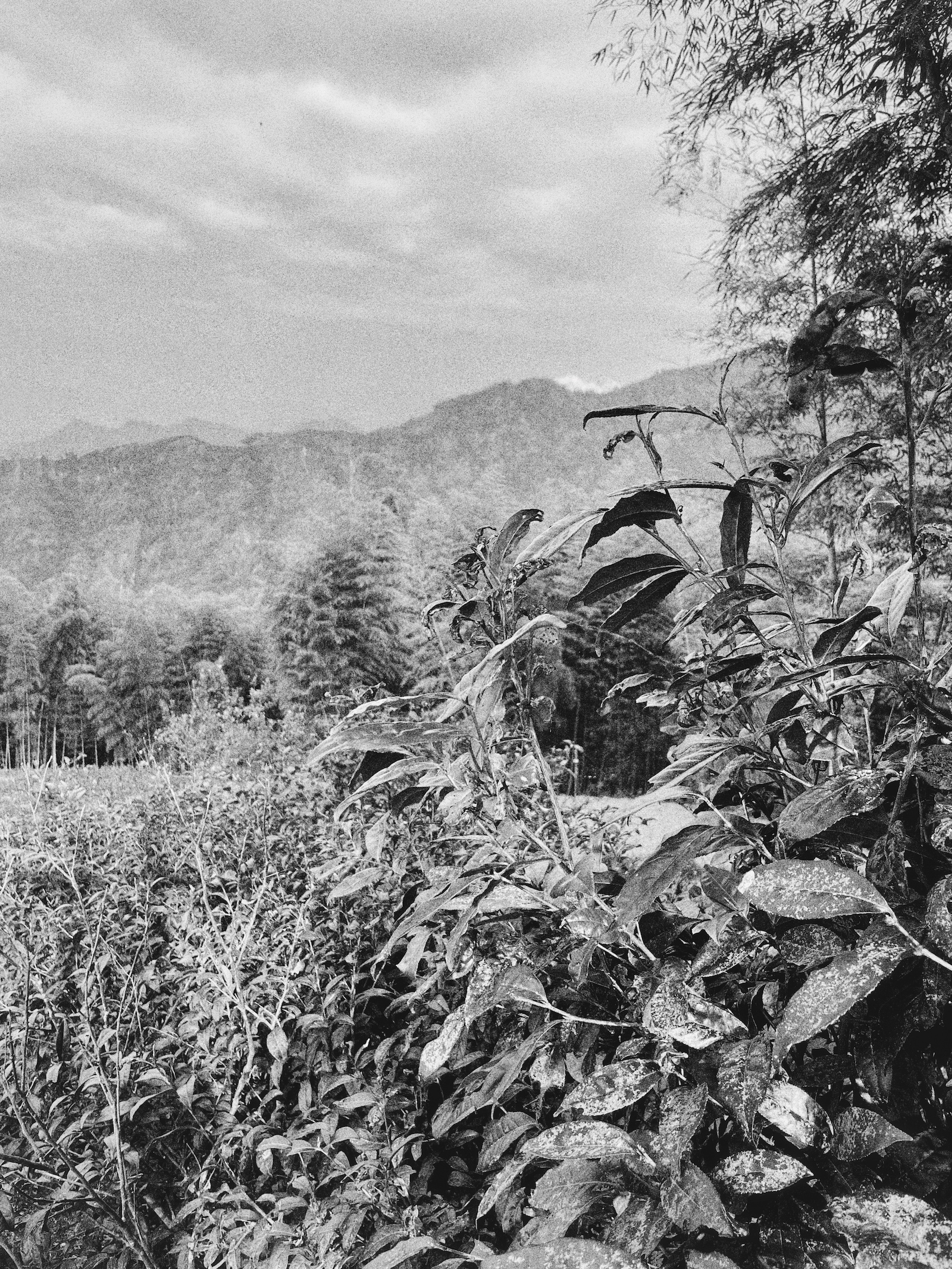In a commercial context, the use of the term “wild tea” (野生茶 / yěshēng chá / ㄧㄝˇ ㄕㄥ ㄔㄚˊ) is often problematic and inaccurate, being commonly and easily conflated with naturally-grown teas (野放茶 / yěfàng chá / ㄧㄝˇ ㄈㄤˋ ㄔㄚˊ). Wild teas should be rightly described as teas that have been harvested from bushes or trees in their natural habitat that have emerged without human assistance (uncultivated and left untouched). In reality however, most of the commercially available and so called wild teas should instead be labeled as naturally-grown teas, as they are using mostly endemic tea cultivars that are harvested from bushes or trees in an untended but still cultivated environment (garden-type or arboreal tea plantations) without the use of inputs of any sort (fertilizers and pesticides), with the promotion and preservation of the biodiversity in mind.
Nowadays, true wild teas are rare if not inaccessible for most, often historically confined to raw, green and puerh tea in China, as well as some border teas (边境茶 / biānjìng chá / ㄅㄧㄢ ㄐㄧㄥˋ ㄔㄚˊ) produced in neighboring countries such as Myanmar, Laos, and Vietnam. For some, it might as well just be a castle in the air, a dream kept alive only through the existence of long gone or protected, retired mother trees (母樹 / mǔshù / ㄇㄨˇ ㄕㄨˋ). As there is currently no standardized and trackable certification for the production and sale of naturally-grown teas and their terroir, the consumer can easily be misled – a deceitfulness often emphasized by a lack of knowledge, resources, or simply interest. The use of endemic tea cultivars or the forest as a growing environment being equated with “wild” is certainly deceptive (even more so when they actually happen to be domesticated), as the cultivation of such cultivars in that particular setting does not ipso facto produce wild teas (which should therefore not be considered and labeled as such), and gives way to opportunist and dishonest individuals as well as questionable marketing practices.
While the distinction between wild and naturally-grown tea is critical, enforcing it remains a sizable challenge, as their respective, blurry definition continues – through their conflation and abstraction – to be misunderstood by most. Concurrently, there lies a missed opportunity for farmers and sellers to individually stand out by highlighting and promoting the unique specificities of their local or regional terroir while crafting signature teas that reflect the true flavor of Nature.
———
If you appreciate this piece of writing, please consider contributing to Le cerf-volant’s endeavor through a donation. Thank you for your unwavering and precious support.

